SOURCE: AFI
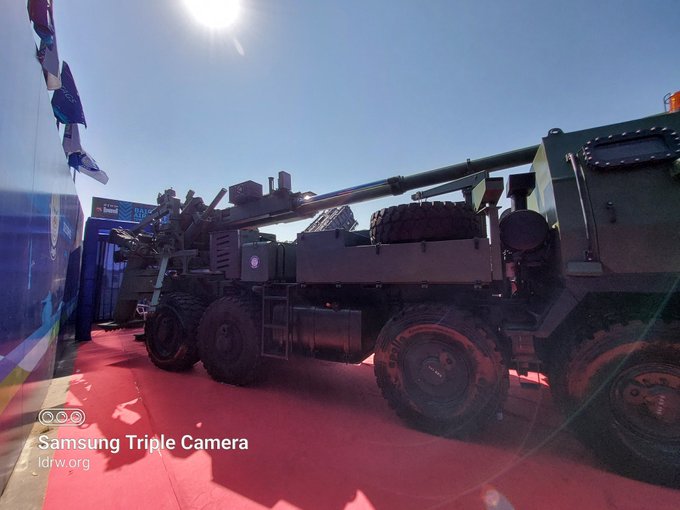
The Indian Army is set to take a significant step forward in its modernization efforts with the initiation of trials for the much-anticipated Mounted Gun System (MGS) next year. This has been confirmed by Lt. Gen. Adosh Kumar, Director General of Artillery in the Indian Army. The Mounted Gun System, a crucial component of India’s artillery upgrade plans, is expected to play a pivotal role in enhancing the Army’s firepower and mobility, particularly in challenging terrains.
Last year, India’s Defence Acquisition Council (DAC), chaired by Defence Minister Rajnath Singh, gave the green light for the procurement of the MGS. The approval marked a critical milestone in the modernization of the Army’s artillery regiments, aligning with the government’s “Make in India” initiative to indigenously develop advanced military hardware. The MGS will be based on the 155 mm/52 calibre Advanced Towed Artillery Gun System (ATAGS), a state-of-the-art gun system developed by India’s Defence Research and Development Organisation (DRDO).
Continue readingSOURCE: AFI

A significant milestone in India’s aerospace industry was achieved today as Udayant Malhoutra, CEO & Managing Director of Dynamatic Technologies Limited, met with Eric Trappier, CEO, and Bruno Coffier, CPO, of Dassault Aviation at their headquarters.
The focus of the meeting was to celebrate the successful completion of industrialization for a large number of parts and tools, paving the way for Dynamatic Technologies to soon deliver its first aerospace assembly. This marks a crucial step in the long-term contract between the two companies, where Dynamatic Technologies will manufacture and assemble flight-critical aero structures for the Falcon 6X, Dassault Aviation’s renowned business jet.
Continue readingSOURCE: AFI

The Indian Space Research Organisation (ISRO) has revealed ambitious plans to land its next-generation launch vehicle, the NGLV or “Soorya,” on a barge at sea. This innovative approach aims to reduce costs and improve the sustainability of India’s space program.
The NGLV represents a major technological advancement for India, offering a payload capacity three times that of the current LVM3 rocket while only increasing costs by 50%. A key feature of the NGLV is its reusability, which promises to significantly lower the cost of space access. The vehicle will also incorporate modular green propulsion systems, aligning with global efforts towards sustainable space exploration.
Continue readingSOURCE: IANS
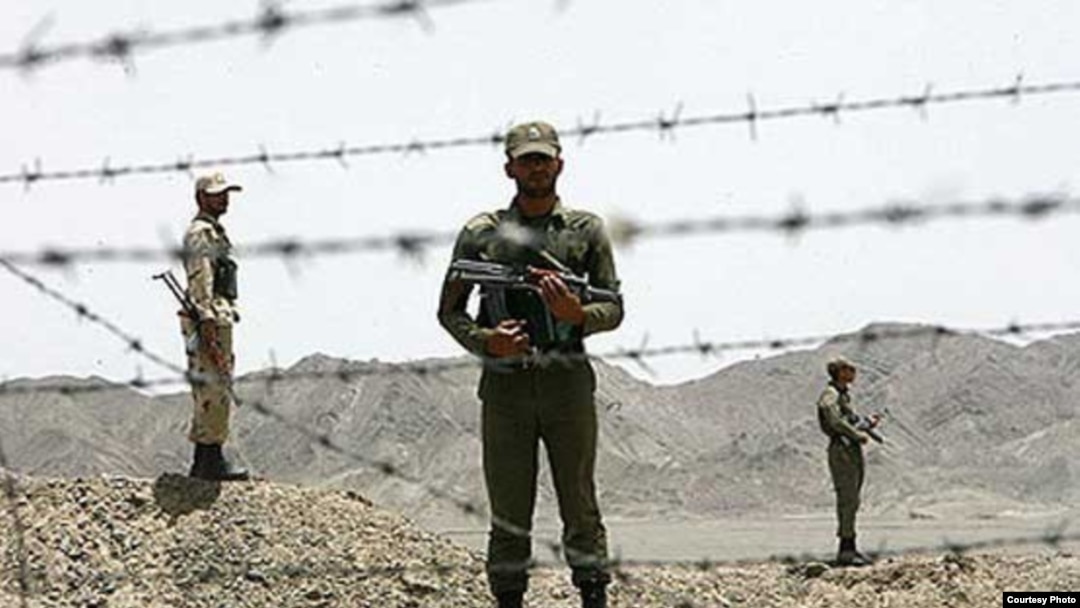
At least three Iranian border security guards have been killed and several others injured in fresh violence that has erupted in Iran’s southeastern Sistan-Baluchistan area, bordering Pakistan’s Balochistan province.
Four different attacks were reported overnight from different cities along the Pak-Iran border on Monday. “An Iranian border guard was killed and two others sustained injuries in a clash with unidentified armed persons in the Parud intersection of the Rask district of Iran’s Sistan-va-Balochistan province,” confirmed a source.
Continue readingSOURCE: RAUNAK KUNDE / NEWS BEAT / IDRW.ORG
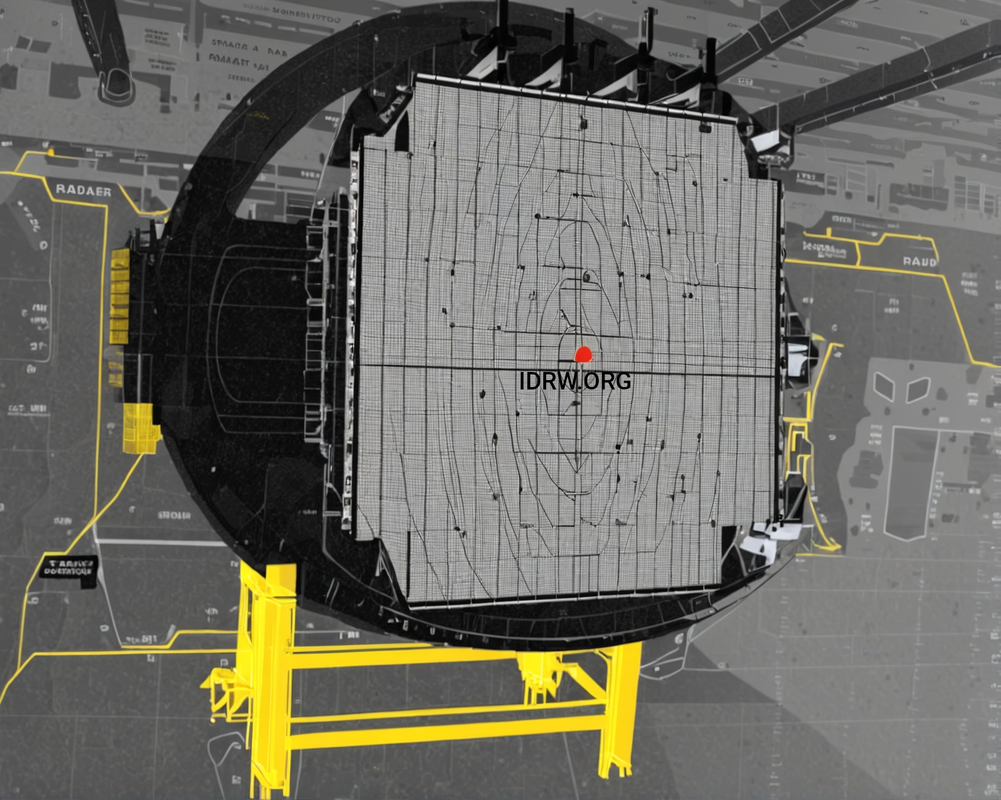
The Indian Ministry of Defense (MoD) has reportedly rejected the Indian Navy’s proposal to equip its Rafale M fighter jets with the DRDO-developed Uttam Fire Control Radar (FCR). The Navy had sought this upgrade to maintain commonality with the MiG-29K and the upcoming Twin Engine Deck Based Fighter (TEDBF) program, both of which are slated to receive the same radar.
The decision to reject the Uttam FCR integration has sparked controversy. While the RBE2 radar on the Rafale M boasts 838 GaAs T/R modules, the Uttam FCR AESA offers 968 TR modules. Although this difference may seem marginal, the Uttam FCR’s local development provides the Navy with greater control over weapons integration, eliminating the need to rely on OEMs like Thales and Dassault for costly upgrades.
Continue readingSOURCE: RAUNAK KUNDE / NEWS BEAT / IDRW.ORG
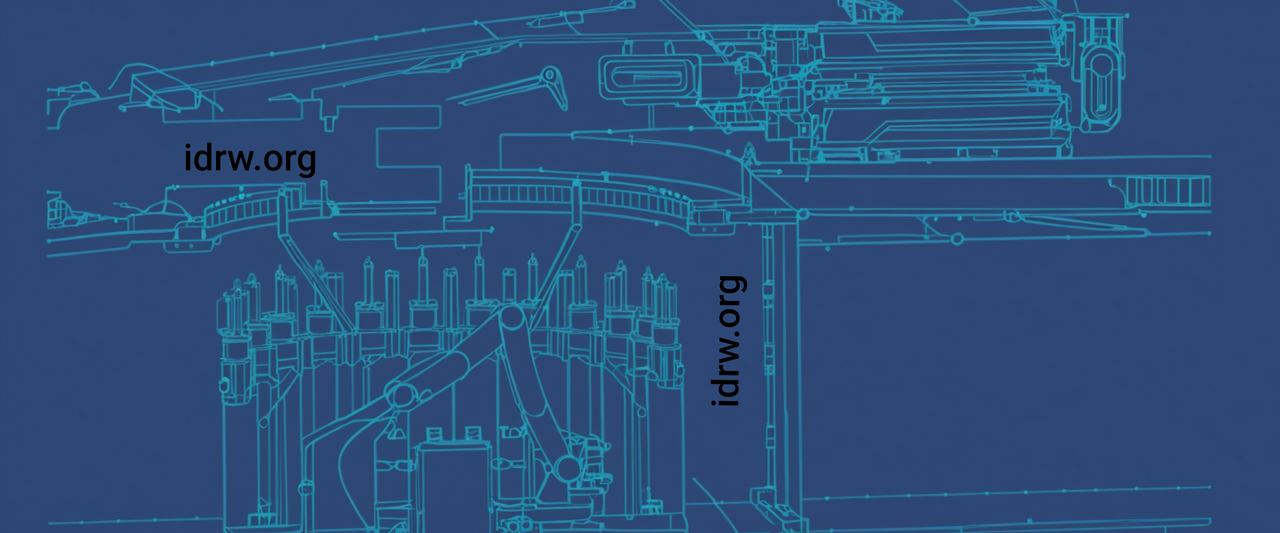
The Defence Research and Development Organisation (DRDO) has made significant strides in developing a dual-flow automatic loader for its new-generation tank. This innovative system will significantly enhance the tank’s firepower and reduce crew risk.
The dual-flow automatic loader features a conveyor in the hull capable of holding 24 rounds. An additional 16 rounds are stored in a second conveyor in the turret. This dual-storage system ensures a continuous supply of ammunition to the main gun, allowing for sustained firing without manual reloading.
Continue readingSOURCE: RAUNAK KUNDE / NEWS BEAT / IDRW.ORG

The proposed civilian HAL/NAL Regional Transport Aircraft-90 (RTA-90) program has encountered a potential hurdle with the Indian Air Force (IAF) expressing reservations about its military utility. While the Ministry of Defence (MoD) is considering greenlighting the project to develop a commercial plane for the UDAN program connecting smaller Indian cities, the IAF remains unconvinced about its suitability for military applications.
A senior IAF officer, speaking anonymously to idrw.org, highlighted the limited utility of a military cargo variant derived from the RTA-90 design.
Continue readingSOURCE: AFI

The Indian Army is poised for a significant transformation in its artillery capabilities, spearheaded by Lt. Gen. Adosh Kumar, the Director General of Artillery. According to the General, the Indian Army is setting a target for the year 2042 to standardize its artillery systems to the 155mm calibre completely. This move will mark a shift away from the 105mm guns that have served the force for decades with over 2000 units still in service aligning with global artillery trends to enhance firepower, range, and overall battlefield effectiveness.
Lt. Gen. Kumar’s vision for the artillery branch reflects the Army’s commitment to modernizing its firepower to meet future combat requirements. The gradual phasing out of 105mm artillery systems will make way for more powerful and technologically advanced 155mm guns, which offer superior range and lethality. This transition will be part of a broader effort to streamline and optimize artillery firepower across all Indian Army regiments.
Continue readingSOURCE: AFI

Indian defense manufacturer Bharat Dynamics Limited (BDL) made a strong impression at the Asia Defense and Security 2024 (ADAS2024) exhibition in Manila, Philippines, with a showcase of its advanced missile systems. Among the highlights was the Amogha-III Anti-Tank Guided Missile (ATGM), a potent weapon capable of neutralizing armored vehicles and fortifications.
The Amogha-III ATGM, developed by BDL’s Research and Development Division, is a fire-and-forget missile with a dual-mode infrared (IIR) seeker. It boasts a range of 200 to 2500 meters and features a tandem warhead, designed to penetrate armor effectively.
Continue readingSOURCE: AFI

In a move to strengthen India’s defense readiness along the China border, the government has significantly increased the special financial powers of Army commanders responsible for these crucial regions. Defence Minister Rajnath Singh has approved new annual budgets, enabling commanders to swiftly procure essential equipment and resources for their troops.
This financial boost reflects India’s ongoing efforts to enhance preparedness in response to heightened activities along its northern and northeastern borders, especially in light of the continuing tensions with China.
Continue readingSOURCE: AFI
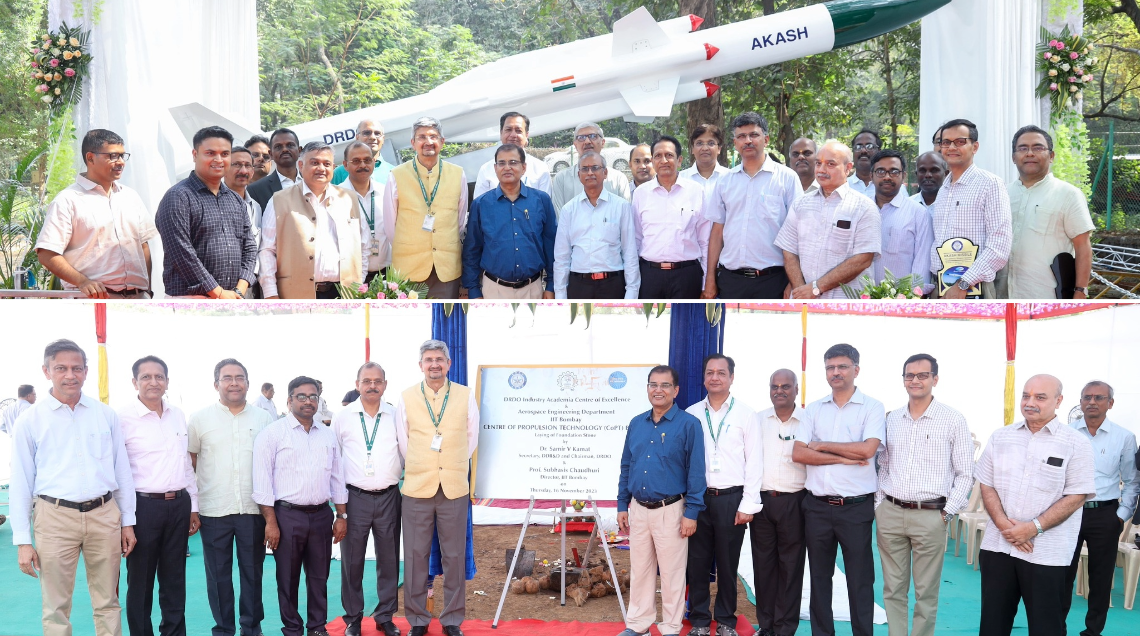
Dr. Samir V Kamat, Chairman of the Defence Research and Development Organisation (DRDO), has emphasized the need for greater collaboration among academia, the DRDO, and industry to address emerging challenges in defense research and development.
Speaking at the 15th Air Chief Marshal LM Khatre Memorial Lecture in Bengaluru on Saturday, Kamat highlighted the current siloed approach, where these entities often operate independently with limited overlap. He stressed the importance of a more integrated model that fosters collaboration and knowledge sharing.
Continue readingSOURCE: IDRW.ORG TEAM
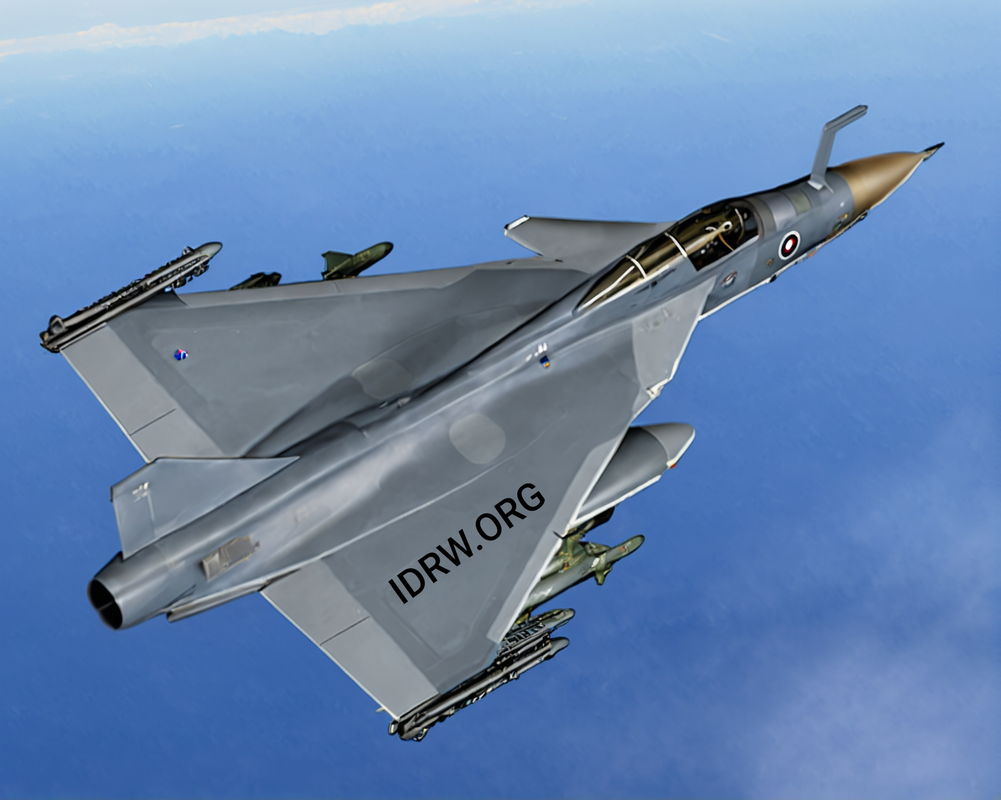
The much-awaited rollout of the Tejas Mk2 fighter jet has been rescheduled for March 2026, according to sources close to idrw.org. This revised timeline indicates a positive development in the program, with assembly of the first prototype set to begin soon.
According to Prabhulla Chandran VK, director of avionics and weapons systems at the Aeronautical Development Agency (ADA), the rollout of the first Tejas Mk2 prototype will occur approximately 18 months from now, placing it in March 2026. This timeline aligns with the program’s original first flight schedule, which was also targeted for 2026. Following the rollout, the Tejas Mk2 will undergo a series of crucial tests, including low and high-speed taxi trials, system checks, and ground engine runs, before receiving clearance for its maiden flight.
Continue readingSOURCE: IDRW.ORG

DTECH 360, a leading technology company, has announced the launch of Peak Pods, a groundbreaking high-altitude habitat designed for sub-zero temperature regions. Powered by the indigenously developed OASIS Technology, Peak Pods are the first of their kind in the world, offering a safe, comfortable, and sustainable living solution for challenging environments.
Meticulously engineered to enhance resilience, efficiency, and productivity, Peak Pods are ideal for high-altitude military bases, research stations, adventure tourism destinations, and mountaineering expeditions. A significant technological breakthrough, these pods can maintain a comfortable interior temperature of 15°C even in extreme conditions of -40°C, without relying on fuel or electricity.
Continue readingSOURCE: AFI
In a significant boost to the Indian Air Force’s capabilities, the Ministry of Defense (MoD) has placed an order with Hindustan Aeronautics Limited (HAL) for 240 AL-31FP aero engines. These engines will be used to power the Su-30MKI fighter aircraft, and for the first time, they will feature a cutting-edge Full Authority Digital Engine Control (FADEC) system.
Previously, the Su-30MKI aircraft relied on an analog hydro-mechanical control system for its engines. The introduction of the FADEC system marks a major technological upgrade and offers several key advantages:
Continue readingSOURCE: AFI
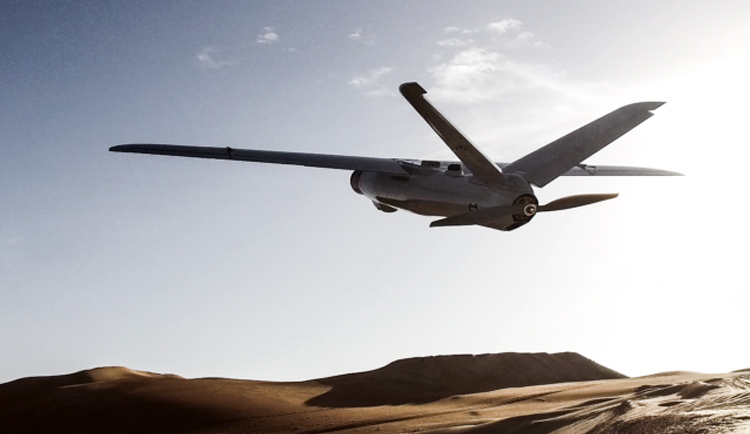
Vijayan Trishul Defence Solutions, a leading Indian defense company, has ambitious plans to expand its manufacturing capabilities. In the first phase, the company aims to produce small ammunition, including calibers like 7.62mm, 5.56mm, and 9mm.
Moving forward, Vijayan Trishul plans to collaborate with both international and local partners to venture into small arms production. The final phase of their expansion will involve producing medium and large-caliber munitions, such as mortar and artillery shells.
Continue reading